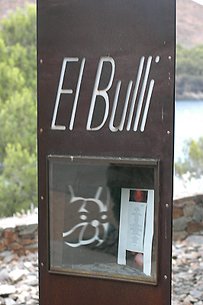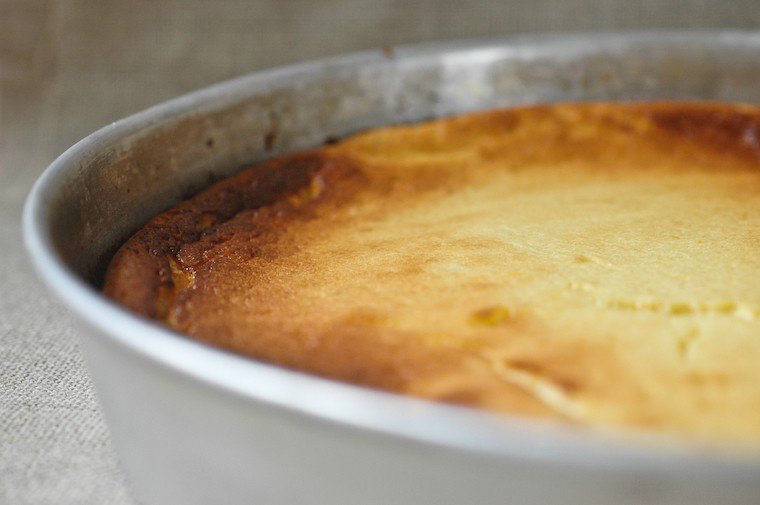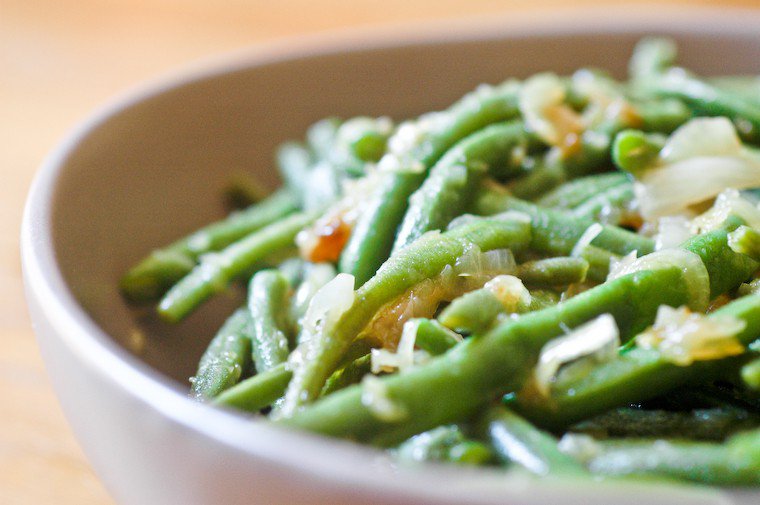
Our dinner at El Bulli last week was bookended by a few days in Barcelona. This was our first time in the city, and we had a splendid time strolling around, admiring the architecture, dodging pickpockets, and wondering where to eat next.
Our diet over those few days was mostly composed of tapas and pintxos, eaten at casual restaurants. If you are unfamiliar with pintxos (pin-tchos), they are the little morsels of food, plopped on a slice of bread and secured with a toothpick, that you find lined up on the counter at tapas bars. It is originally a Basque concept, but it has spread across other parts of Spain in recent years: you ask for a plate (usually one per party), help yourself to some pintxos, wash them down with a drink, and pay at the end, based on the number of toothpicks you have left on your plate. It is a system based on trust — I wonder how many people walk away with half a dozen toothpicks in the back pocket of their jeans — but it seems to work. As for tapas, they are usually ordered from a menu (or, if there is no menu, with much gesturing and mangling of Catalan and Castillan words), and they are served on small plates that you share with your dining companions. Raçiones are similar to tapas, only they come in larger portions.
One thing you should know if you ever want to visit Barcelona is that you should avoid August if you can: the city is teeming with tourists then (80% of them French), most Barcelonians have understandably fled, and some of the dining destinations that locals favor are closed. Of course, in our case, this time of year wasn’t a personal choice, since the El Bulli reservation was the pivot of our trip; I certainly don’t mean to spit in the proverbial soup, I just thought I would pass on this little piece of advice.
One other thing I strongly recommend is to check the detail of your bill, always: in all restaurants but one, we were charged for more than what we had ordered and eaten. Perhaps this only happens to foreigners, and perhaps this is their way of making up for the disappearing toothpicks, but it was a bit annoying. They never made any difficulty in correcting the mistakes however, so there was no harm done, and we simply got used to the custom.
Without further ado, let me recommend the places we enjoyed the most:







